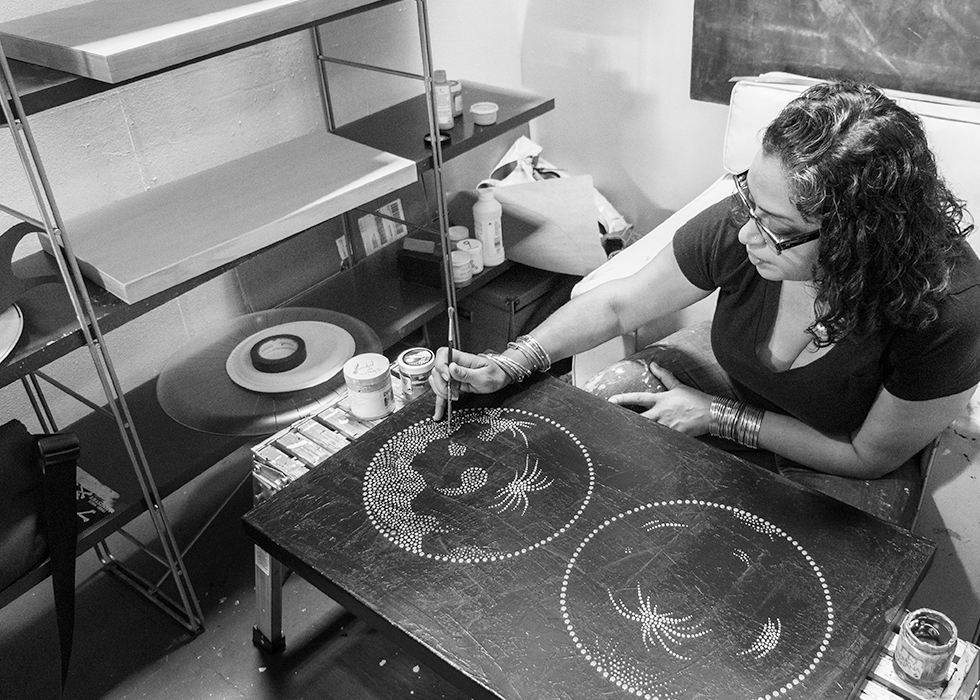Do You Need 20% for a Down Payment?
The conventional wisdom is you need a 20% down payment to qualify for a mortgage and get your dream home. And if you can save up that amount as a deposit, you will save on interest and other related costs.
However, there are options for loans that don’t require such a large amount of cash up-front, including:
- Low down payment loans with Private Mortgage Insurance (PMI).
- Piggy Back loans: Two loans taken out for the purchase, the second, often in the form of an equity loan or line of credit, being used to supplement your down payment.
It’s important to consider what option is best for you. The primary reason to save for that 20% down payment is a key ratio that’s important to lenders, the loan-to-value (LTV) ratio.
What is the loan-to-value ratio?
Very simply, the loan-to-value ratio compares how much you are borrowing against the value of the home.*
Most lenders will approve you for better interest rates when your loan-to-value ratio is 80% or lower (you’re borrowing no more than 80% of the appraised value of the home).
When you can provide a 20% down payment, you’re already at that 80% LTV ratio.
What are the advantages of a 20% down payment?
By setting an 80% LTV ratio, a larger down payment means you’re borrowing less money at a lower interest rate, which lets you save money with lower monthly payments and less interest paid over the life of the loan.
Additionally, you won’t have to pay for PMI (Private Mortgage Insurance), which is often required on loans with an LTV above 80%.
You don’t need 20% down.
But you do not have to put 20% down, and you shouldn’t let that number hold you back; most people put down between 5 and 20%.
For some people, paying the PMI is worth it in order to complete the home loan purchase without 20% down. And once you’ve paid the mortgage down below 80% of the original property value of your loan, the PMI drops off, lowering your monthly payments.
You also have alternatives to a cash down payment; for instance, a lender (including SF Fire Credit Union) may approve you for a second loan such as a Home Equity Line of Credit that can help you reduce the down payment requirements while keeping your 1st Mortgage loan amount within an 80% Loan-To-Value ratio to secure better interest rates.
If you can get approved for a loan with less than 20% as a cash down payment, that frees up cash to cover closing costs and other expenses such as moving costs or needed repairs.
Calculate how much you can afford to borrow
We’re here to help
After considering these points, you may still have questions about your particular situation. Our Real Estate Loan Officers are here to help you answer questions about your home loan options.
* Purchase Loan LTV is based on the lesser of the property’s purchase price and appraised value.




